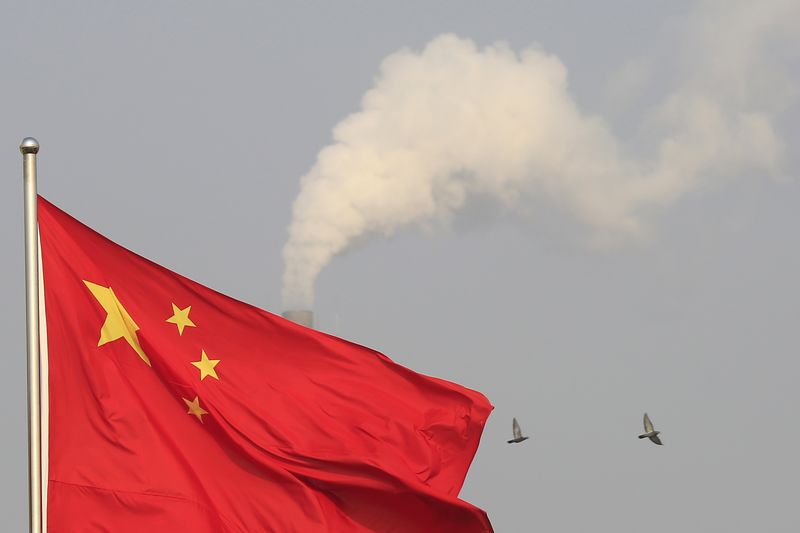(Bloomberg Opinion) -- Build it and they will come. Or will they?
A flurry of construction may be about to take off in China, and investors have pinned their hopes on it. Stocks of Japanese machinery makers Komatsu Ltd. and Hitachi Construction Machinery Co. perked up on Monday. Over the past week, Chinese engineering and construction companies’ shares have surfaced from multi-month lows.
Chinese economic data certainly haven’t given much reason to celebrate. Manufacturing activity has slowed amid the trade war. Overall industrial profits for November were down from a year earlier, posting their first negative reading since 2015. Margins have been contracting. Successive boosts from the central bank to push lending haven’t encouraged banks to start doling out cash.
The optimism stems from the latest and greatest version of fiscal stimulus: more than $120 billion of rail projects across the country have been announced over the past month, which would add 6,800 kilometers (4,200 miles) of track in 2019. That’s an about-face from an effective halt on approvals last year, meant to rein in the debilitating rise of local government debt. China Railway Construction Corp. reported orders of locomotives and subway trains rose almost 30 percent in 2018.
The problem is that Beijing is returning to its old refrain — building up debt — and risks running into challenges that are all too familiar. The approvals of rail projects have come alongside a surge in the issuance of special local government bonds, which are supposed to be repaid by income generated from projects they fund. Issuance of special debt for infrastructure investment rose 145 percent in 2018 from a year earlier, according to CLSA Ltd., with a surge in August and September. In July, the State Council announced a quota of 1.35 trillion yuan ($200 billion) of such bond sales. It will only get larger.
That should be a boon for machinery and construction firms. But not all can stake their future on it.
For one, financing for capital expenditure will be tight for small and medium companies, even if the projects are approved. More realistically, the push will boost China’s large state-backed railway and construction firms and bypass weak borrowers. The real beneficiaries probably will be big, local engineering and procurement companies that have a direct hand in these projects.
As in the past when growth has stumbled, Beijing will rely on state-owned infrastructure giants at the expense of already-enfeebled private-sector companies.
Foreign firms like Komatsu and Hitachi may struggle to squeeze out much more benefit than they already have — and they’ve exceeded expectations. Overall excavator sales continue to grow, albeit at a muted pace.
But the likes of China’s Sany Heavy Industry Co. have done much better. In November, local brands’ sales rose more than 40 percent from a year earlier, while foreign competitors fell 10 percent. Barring one-offs that encourage equipment buying ahead of time — like the new emissions regulation set for 2020 — its unclear how long the good news will last.
This new year optimism is better reserved for Beijing’s favorites.
